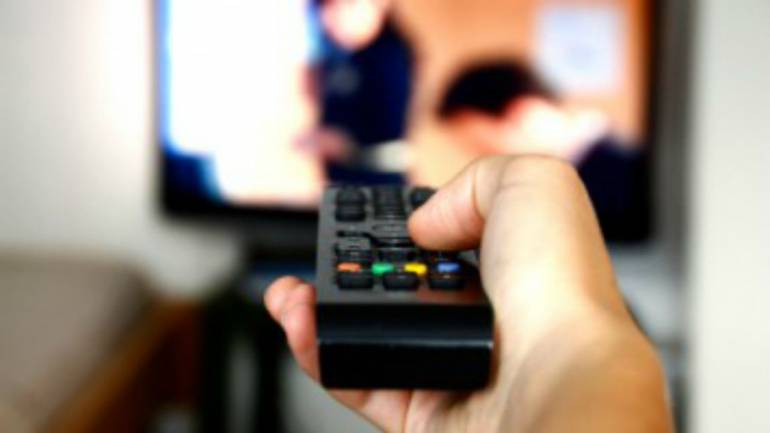The recent spat between Airtel Digital TV and Star India over subscription fee hike just before the start of the Indian Premier League is emblematic of the morass the Indian broadcasting distribution structure finds itself in.
Over the past few years, no one would have missed the numerous advertisements put out by broadcasters, DTH operators and MSOs (multi-system operators) claiming to put viewers' interest first whenever there is a blackout of channels.
The recent spat between Airtel Digital TV and Star India over subscription fee hike just before the start of the Indian Premier League is emblematic of the morass the Indian broadcasting distribution structure finds itself in. The ultimate fall guy in the entire standoff is always the consumer as he risks the chance of either missing out on watching his favourite channels or ends up paying through his nose.
In India, we have seen recurring cases like the Airtel-Star spat. So is there any concrete solution to this problem?
“This situation occurs due to the mismatch in expectations on the content agreements between the broadcasters and the distributors. Especially in the case of sporting events, the huge cost of acquisition of rights by broadcasters is resulting in them looking for avenues to increase the monetisation of rights and content agreements with distributors is a major driver. Currently, there is no concrete regulation in place by TRAI which puts a cap on the pricing of channels. Thus the agreements are left to market forces, which results in such standoffs from time to time,” said Girish Menon, Partner and Co-Head, Media and Entertainment, KPMG India.
Thus, it brings us to the question – the role of TRAI and steps it is taking to ensure the interest of viewers is protected.
“While TRAI’s tariff regulations, released in 2017, sought to bring in transparency in terms of pricing across the value chain, the same is currently under litigation and is likely to remain so in the near future. The regulator could look to evaluate the possibility of bringing in DTH interoperability to give choice to the consumers, without them having to pay upfront costs for a new STB from another operator. Interoperability would ensure a healthy competition amongst the operators, with the eventual aim of acquiring and retaining customers by providing superior content and service to their customers,” Menon said.
In small towns and cities, the last-mile cable operator is an important cog in the cable distribution structure. He is the one who has to face the ire of public when channels are disconnected but is helpless because MSOs deal with broadcasters.
So, will the rapid penetration of internet spell the doom for traditional cable viewing and usher in a washout of the cable business? Menon said it is premature to think that in India, cable TV viewership won’t see a rapid decline like it is happening in US and western countries.
“With the launch of 4G services by Reliance Jio in 2016 and other operators following suit, the VOD consumption in India has exploded in the last 12-18 months. It is estimated that currently 200 mn viewers watch video online in the country, and a large majority of these watch in on the mobile screen. The smartphone has now become their primary device for consumption of video.
“However, it would be premature to think of a doomsday scenario for the cable/DTH business in India because of VOD platforms. The depth of content (500+channels) at extremely attractive prices (less than Rs 250 a month) that is available across DTH and cable means that a large section of the population is likely to continue with TV in the foreseeable future,” Menon added.
Recent data suggests that consumption of content on mobile devices has seen a massive upswing with Hotstar recently launching their premium sports plans to cash in on IPL mania. Also, from this year, Hotstar users will be able to watch the live feed of the matches instead of the five-minute delay.
The skewed structure of cable distribution and loopholes in the system have ensured that the stakeholders are always involved in squabbles and consumer interest is thrown out of the window. The only way out of this quagmire is broadcasters having greater clarity around monetisation of content and improving their blow-hot-blow-cold relationship with DTH companies/MSOs. Until then, the business mantra of ‘Consumer is king’ will remain a pipe dream for this sector.
(Disclosure: Reliance Industries Ltd. is the sole beneficiary of Independent Media Trust which controls Network18 Media & Investments Ltd and publishes Moneycontrol.com)